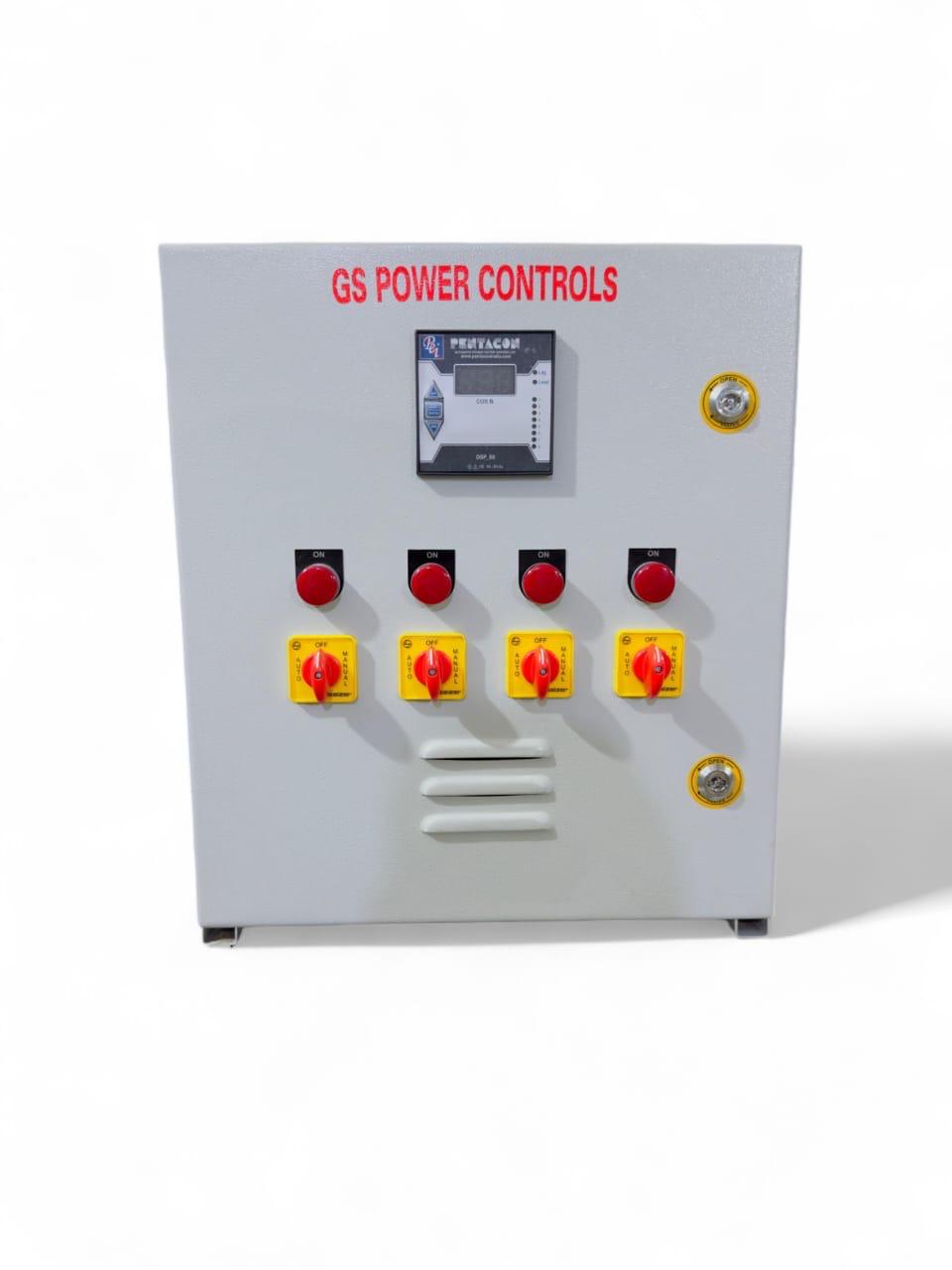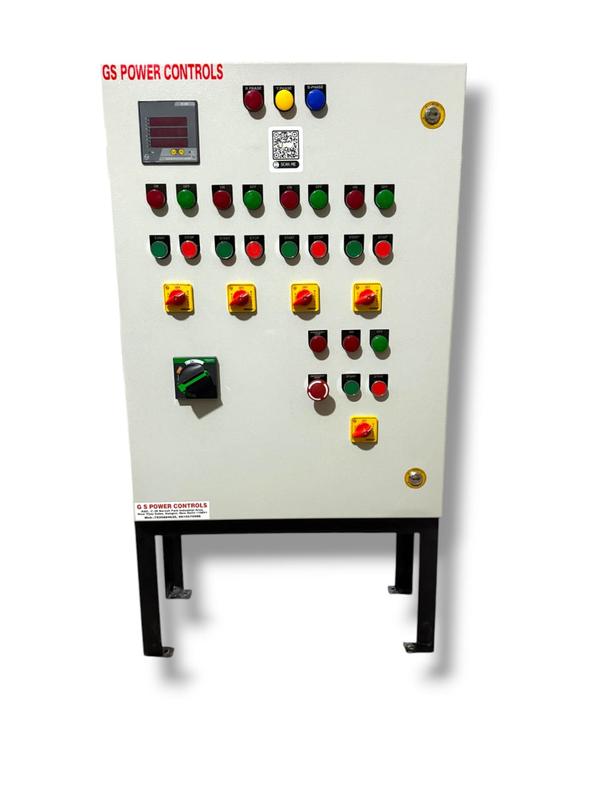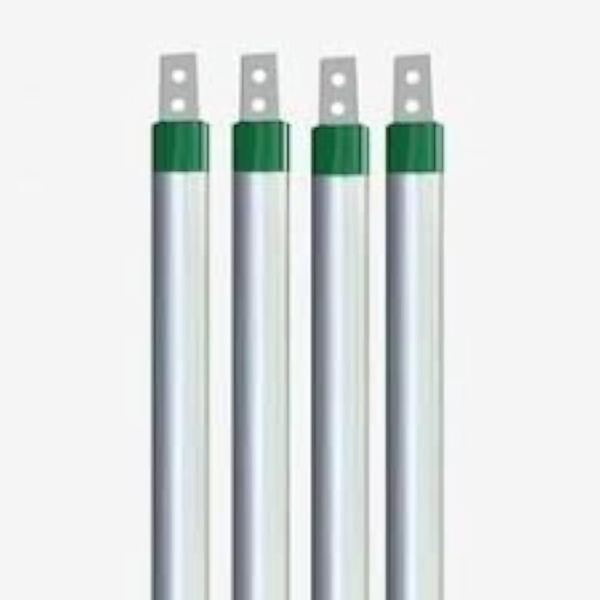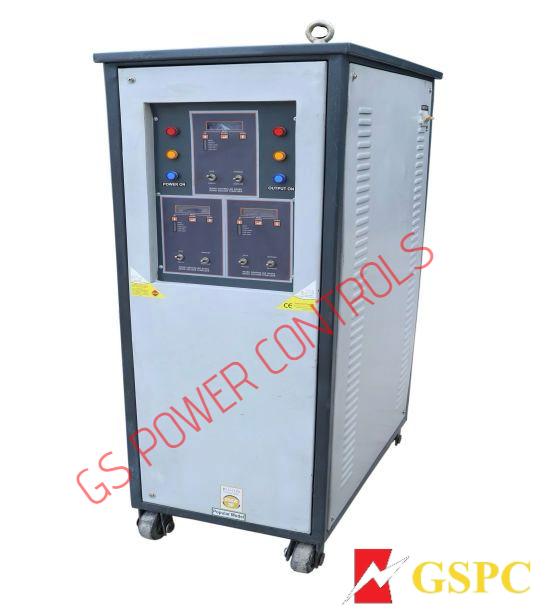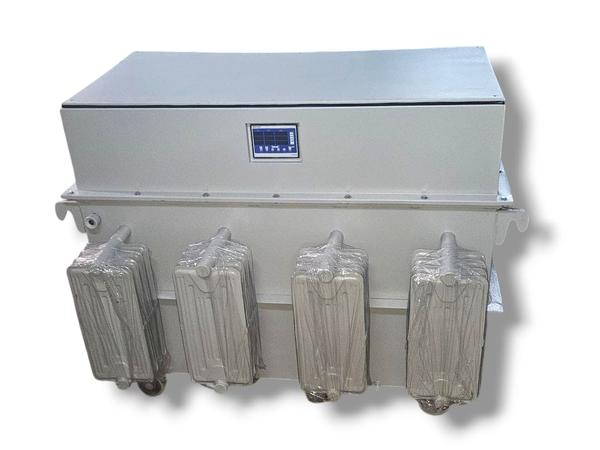Description
Product details
A single-phase power factor panel is a device designed to monitor and improve the power factor of a single-phase electrical system. These panels are particularly useful in residential, commercial, and industrial applications where inductive loads (like motors and transformers) can lead to a low power factor. ### Key Features of a Single-Phase Power Factor Panel 1. **Power Factor Monitoring**: Displays real-time power factor readings, allowing users to track the efficiency of their electrical system. 2. **Automatic Correction**: Many panels can automatically switch capacitors in and out of the circuit to maintain a desired power factor, improving efficiency. 3. **Voltage and Current Measurement**: Monitors voltage and current levels, providing additional insights into the performance of the electrical system. 4. **Data Logging**: Some advanced panels offer data logging capabilities, storing historical power factor data for analysis and reporting. 5. **Alarm Indicators**: Alerts users to conditions such as low power factor, high current, or equipment failures. 6. **User Interface**: Typically includes a digital display and control buttons for easy operation and configuration. ### Benefits of Using a Power Factor Panel - **Cost Savings**: By improving the power factor, businesses can reduce their electricity costs and avoid penalties from utilities for low power factor. - **Increased Capacity**: A better power factor means that the existing electrical infrastructure can handle more load without requiring upgrades. - **Improved Equipment Life**: Reducing strain on electrical systems can enhance the lifespan of motors and other equipment. ### Applications - **Commercial Buildings**: To manage lighting systems and HVAC equipment. - **Industrial Facilities**: To optimize performance of machinery and production lines. - **Renewable Energy Systems**: To ensure efficient operation of solar inverters and other components. In summary, a single-phase power factor panel is a valuable tool for maintaining the efficiency and effectiveness of electrical systems, helping to reduce costs and improve performance.


